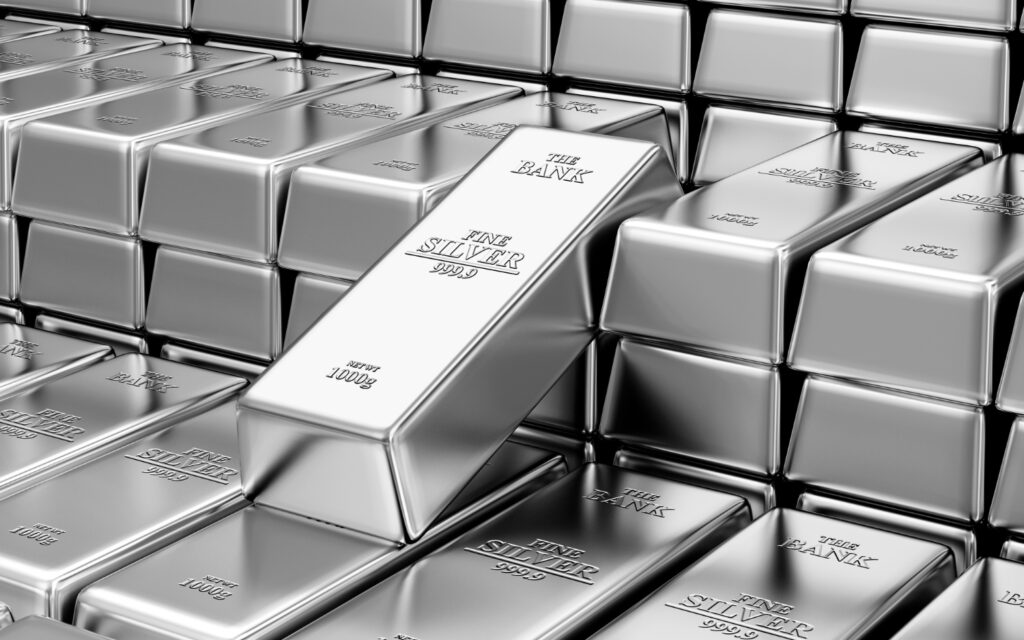Precious metals have long served as a safe haven during economic downturns, inflationary periods, and financial crises. Investors seeking stability often turn to gold and silver, two of the most popular hedging assets. While both metals offer protection against uncertainty, they have distinct characteristics that influence their performance in different market conditions.
With 2025 expected to bring continued inflation concerns, geopolitical tensions, and economic volatility, the question remains: which metal is the better hedge? The answer depends on various factors, including supply and demand, global economic trends, and individual investment goals. Those looking to diversify their earnings and explore different opportunities to profit can read more about engaging online games that will help you get more pocket money to invest.
Why Do Investors Rely on Precious Metals?
During times of crisis, traditional assets like stocks, bonds, and real estate can become unpredictable. Inflation erodes the value of cash, and central banks’ policies often create market instability. This is where gold and silver shine.
Precious metals have intrinsic value, which means they are not directly affected by a country’s monetary policies or corporate earnings. Instead, they serve as alternative stores of wealth and maintain purchasing power when paper currencies weaken.
Key Differences Between the Metals
- Market performance: Gold is more stable and performs well in times of crisis, while silver is influenced by industrial demand.
- Supply and demand: Gold’s supply is relatively stable, but silver’s industrial uses can cause shortages and drive prices higher.
- Price sensitivity: Silver reacts more to economic changes, which makes it more volatile but also more profitable for active traders.
- Liquidity and storage: Gold is easier to trade in large amounts and requires less storage space.
- Long-term vs. short-term investing: Gold is ideal for long-term security, while silver offers more short-term trading opportunities.
Gold: The Timeless Safe Haven

1. Stability Over Speculation
Gold’s reputation as a store of value spans thousands of years. Unlike stocks or cryptocurrencies, it does not depend on a single industry, government, or company. This universal appeal makes it a solid long-term hedge against inflation and economic uncertainty.
2. Lower Volatility and Strong Demand
Gold prices move at a steadier pace compared to silver, which experiences sharper fluctuations. Investors prefer the metal during financial crises because of its historical resilience. Central banks and institutional investors continue to hold large reserves, which ensures steady demand.
3. Protection Against Inflation and Currency Devaluation
As fiat currencies lose value during inflation, gold retains its purchasing power. Historically, it has surged when the U.S. dollar weakens or economic instability rises.
Silver: The Dynamic Contender

1. Industrial Demand Creates Growth Potential
Unlike gold, which is primarily used for investment and jewelry, silver has a broad range of industrial applications. It is a key component in solar panels, electric vehicles, medical devices, and electronics. As the global push for renewable energy accelerates, silver demand could soar.
2. Affordable Entry Point for Investors
Gold’s high price can be a barrier for many investors, but silver offers a more accessible alternative. If you’re buying bullion, coins, or ETFs, the metal provides an opportunity to invest in precious metals without requiring significant capital.
3. Volatility Can Be an Advantage
Silver experiences more dramatic price swings than gold. While this increases risk, it also presents trading opportunities. Short-term investors who understand its volatility can capitalize on price fluctuations to generate profits.
Which Metal Will Perform Better in 2025?
- Inflation trends: If inflation remains high, gold is likely to outperform due to its strong track record as an inflation hedge.
- Global economic growth: If industries requiring silver (such as green energy and electronics) expand, it could see significant gains.
- Central bank policies: Interest rate decisions by the Federal Reserve and other central banks will impact both metals, with lower rates favoring gold.
- Geopolitical events: Wars, trade conflicts, and political instability could boost demand for this safe-haven asset.
Final Verdict: Gold or Silver?
- If you seek stability, inflation protection, and lower volatility, gold is the superior hedge. It performs well in times of crisis and is less affected by short-term economic changes.
- If you want growth potential, affordability, and trading opportunities, silver is the better choice. Its industrial demand offers upside potential, but its price swings require a higher risk tolerance.
Many experienced investors hold both metals to balance their portfolios. With economic uncertainty expected in 2025, having exposure to precious metals remains a smart move.

